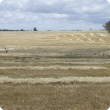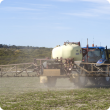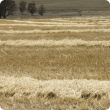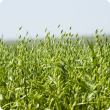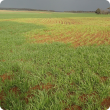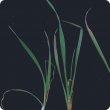Hay production
The oaten hay market in Western Australia (WA) has developed significantly in recent years. There is an increased focus on the quality of hay for the export market and as a result interest in quality for the domestic market has also grown.
Department of Agriculture and Food, Western Australia is a partner in the National Oat Breeding Program which has a focus on identifying oats suitable for hay production in WA.
Filter by search
Filter by topic
- Production & postharvest (8) Apply Production & postharvest filter
- Plant nutrition (5) Apply Plant nutrition filter
- Pests, weeds & diseases (3) Apply Pests, weeds & diseases filter
- Fertiliser (2) Apply Fertiliser filter
- Grains Research & Development (1) Apply Grains Research & Development filter
- Frost (1) Apply Frost filter
- Weeds (1) Apply Weeds filter
- Diseases (1) Apply Diseases filter
- Investment (1) Apply Investment filter
- Climate & weather (1) Apply Climate & weather filter
- Agribusiness Food & Trade (1) Apply Agribusiness Food & Trade filter
- Bacteria (1) Apply Bacteria filter
- Climate, land & water (1) Apply Climate, land & water filter
- Crop weeds (1) Apply Crop weeds filter



